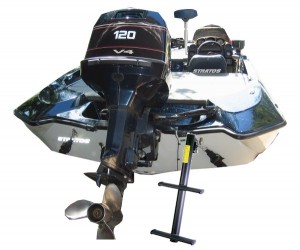Performing Pre-operational Checks
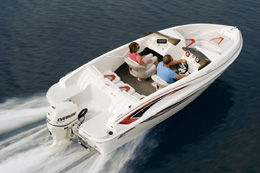 If you’re anything like me, your outboard-powered boat is your true pride and joy; it’s your portal to a quiet, early morning fishing session or to an adventure in uncharted waters. Since I don’t have much spare cash to spend on costly repairs and replacement parts, I make sure to put in the routine maintenance work when it really matters. If you take a few minutes to perform some checks before leaving the dock, you’ll thank yourself later.
If you’re anything like me, your outboard-powered boat is your true pride and joy; it’s your portal to a quiet, early morning fishing session or to an adventure in uncharted waters. Since I don’t have much spare cash to spend on costly repairs and replacement parts, I make sure to put in the routine maintenance work when it really matters. If you take a few minutes to perform some checks before leaving the dock, you’ll thank yourself later.
Begin by systematically checking the fuel system. For starters, top off your gas tank and check the fuel lines for leaks. You’ll also need to poke around among the line connections to ensure they’re good and tight. Next, shift your attention to the oil level. Replenish your supply of Evinrude oil in the fuel tank. Yesterday we discussed the benefits and detriments of trimming your outboard; start with it in vertical position so it’s not tilted back or forward.
Last but not least, test out the steering controls. If you notice any sticking or looseness as you turn the wheel, it might be cause for concern. Likewise, the throttle and shifter should move with only slight resistance. Seek mechanical assistance if they catch or feel too mushy. Now that you’ve done the work, it’s time to have some fun out on the water.


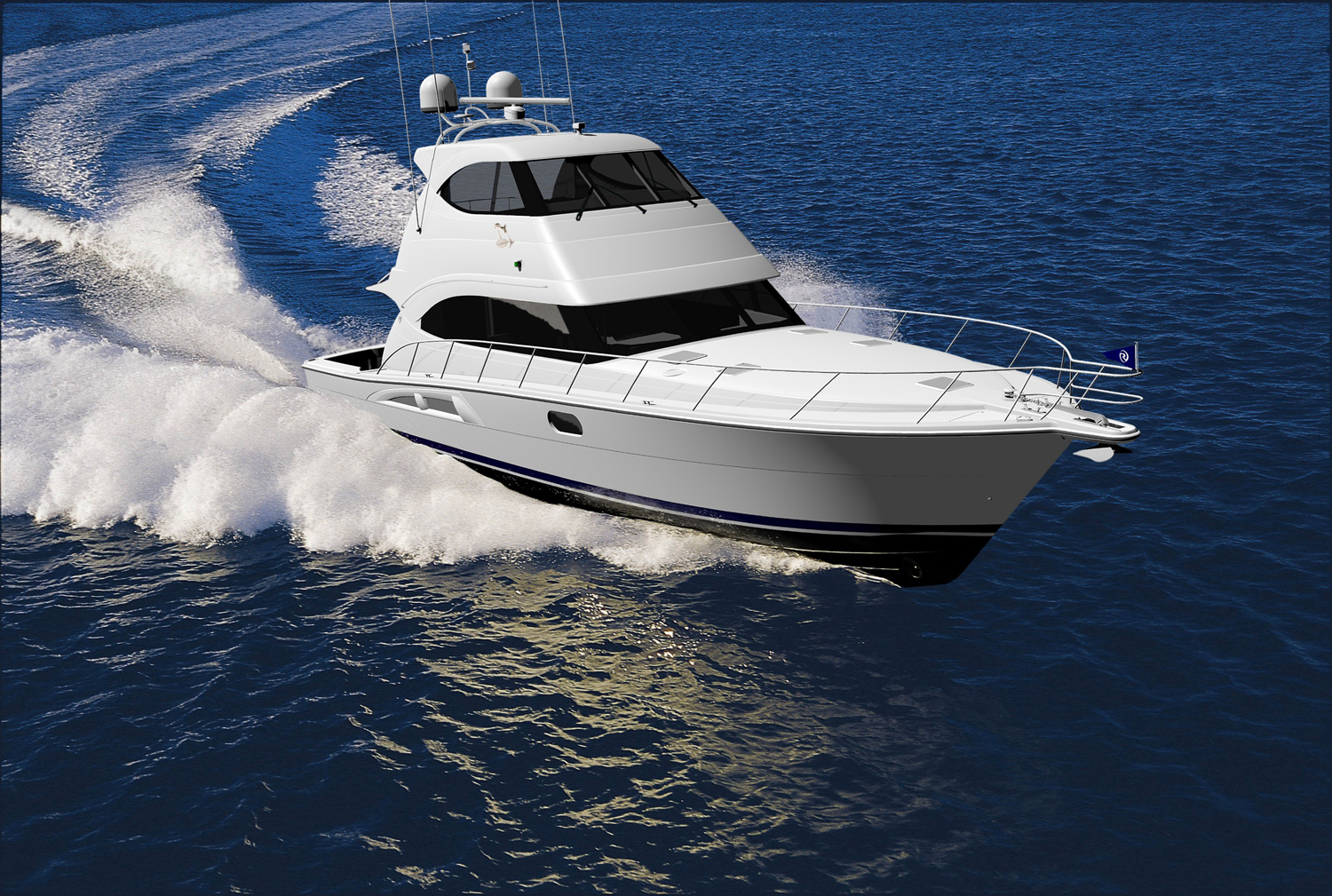


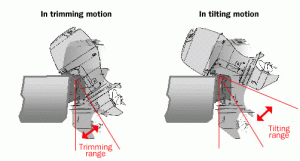
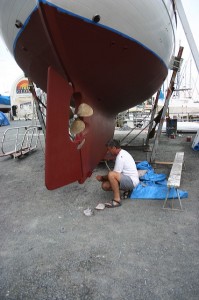 If you’ve ever taken a look at a tall ship or even a cruise liner, you may have noticed an element that most of those enormous boats have in common. Along the bow, the stern and the underside of the boat you’ll find barnacles and other saltwater mainstays. A shipwrecked vessel will attract even more barnacles than an active one. Needless to say, these crusty objects clinging to the underside of the craft do much to slow things down.
If you’ve ever taken a look at a tall ship or even a cruise liner, you may have noticed an element that most of those enormous boats have in common. Along the bow, the stern and the underside of the boat you’ll find barnacles and other saltwater mainstays. A shipwrecked vessel will attract even more barnacles than an active one. Needless to say, these crusty objects clinging to the underside of the craft do much to slow things down.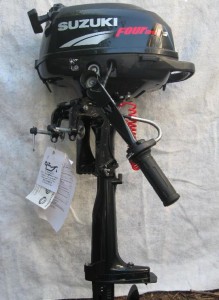 Buying an outboard motor is a process that should not be taken lightly. As perhaps the most critical purchase you’ll ever make in regards to your boat, it deserves significant preparation and forethought. Take some time to explore the market – both online and at nearby dealerships. Scan the classified ads in your local newspaper for used outboards, but remember that most marine engines manufactured since 1990 should receive TC-W3 certified
Buying an outboard motor is a process that should not be taken lightly. As perhaps the most critical purchase you’ll ever make in regards to your boat, it deserves significant preparation and forethought. Take some time to explore the market – both online and at nearby dealerships. Scan the classified ads in your local newspaper for used outboards, but remember that most marine engines manufactured since 1990 should receive TC-W3 certified 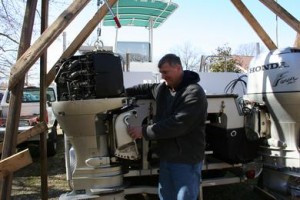 By now you’re probably familiar with the big three names in outboard motors: Evinrude, Yamaha and Mercury. In recent years, the Environmental Protection Agency has tightened its restrictions on engine efficiency and marine pollution. This just makes sense as the American public becomes more sensitive to ecological issues and biofuels are made a viable alternative to fossil fuels in automobiles.
By now you’re probably familiar with the big three names in outboard motors: Evinrude, Yamaha and Mercury. In recent years, the Environmental Protection Agency has tightened its restrictions on engine efficiency and marine pollution. This just makes sense as the American public becomes more sensitive to ecological issues and biofuels are made a viable alternative to fossil fuels in automobiles.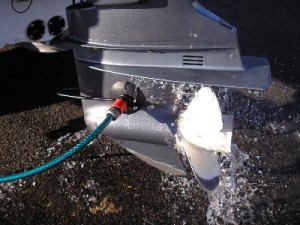
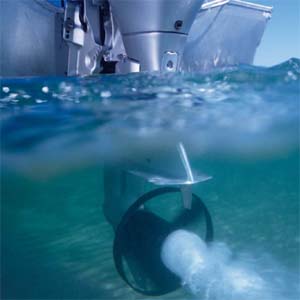 Yesterday we discussed the virtues of purchasing the proper propeller for one’s small boat. I received some correspondence from some longtime readers requesting specifics. The most common questions had to do with the “pitch” of the propeller and what that might mean for engine efficiency. So, thanks to popular demand, let’s take a closer look at that undervalued part that cuts through the water with authority.
Yesterday we discussed the virtues of purchasing the proper propeller for one’s small boat. I received some correspondence from some longtime readers requesting specifics. The most common questions had to do with the “pitch” of the propeller and what that might mean for engine efficiency. So, thanks to popular demand, let’s take a closer look at that undervalued part that cuts through the water with authority.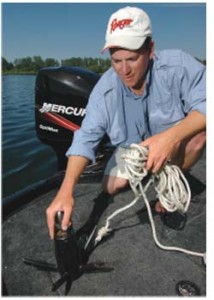 If fuel efficiency and thrift are important to you – and let’s face it, most small boat owners are a bit hard up for cash these days – consider thinking outside the box. We’ve sung the virtues of fuel flow meters, marine GPS units and routine maintenance habits, all of which will help you save on fuel and maximize your fishing or cruising experience. Still, these are far from the only serious steps a money-savvy boat owner can take to cut down on costs. For instance, make sure you choose a
If fuel efficiency and thrift are important to you – and let’s face it, most small boat owners are a bit hard up for cash these days – consider thinking outside the box. We’ve sung the virtues of fuel flow meters, marine GPS units and routine maintenance habits, all of which will help you save on fuel and maximize your fishing or cruising experience. Still, these are far from the only serious steps a money-savvy boat owner can take to cut down on costs. For instance, make sure you choose a 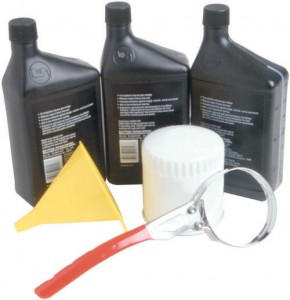 With a vast array of products available for your boat and WaveRunner, it can be difficult to decide what products are right for you. If you are unfamiliar with purchasing oil and other products, stick with manufacturer and name brands until you are more familiar with product specifications. Products, such as
With a vast array of products available for your boat and WaveRunner, it can be difficult to decide what products are right for you. If you are unfamiliar with purchasing oil and other products, stick with manufacturer and name brands until you are more familiar with product specifications. Products, such as 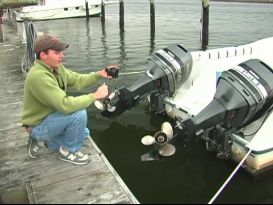 Yesterday’s post about fuel flow meters got me thinking about other simple ways for boaters to save money in this uncertain economic client. If you can’t afford upgrade your boat’s meter and instrument panel at this time, there’s no need to despair. With a bit of discipline and ingenuity, you can help ensure that your marine vessel will never let you down in a pinch.
Yesterday’s post about fuel flow meters got me thinking about other simple ways for boaters to save money in this uncertain economic client. If you can’t afford upgrade your boat’s meter and instrument panel at this time, there’s no need to despair. With a bit of discipline and ingenuity, you can help ensure that your marine vessel will never let you down in a pinch.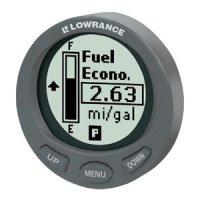 Earlier this week, we provided a few simple suggestions to aid boat owners in a financial pickle. It’s amazing to consider how much money the average boater could save by just cutting down slightly on fuel costs. Recognizing that not everyone has the resources or the patience to conduct thorough tests to find a boat’s “sweet spot,” it’s time to highlight a technological innovation that does the job for you.
Earlier this week, we provided a few simple suggestions to aid boat owners in a financial pickle. It’s amazing to consider how much money the average boater could save by just cutting down slightly on fuel costs. Recognizing that not everyone has the resources or the patience to conduct thorough tests to find a boat’s “sweet spot,” it’s time to highlight a technological innovation that does the job for you.